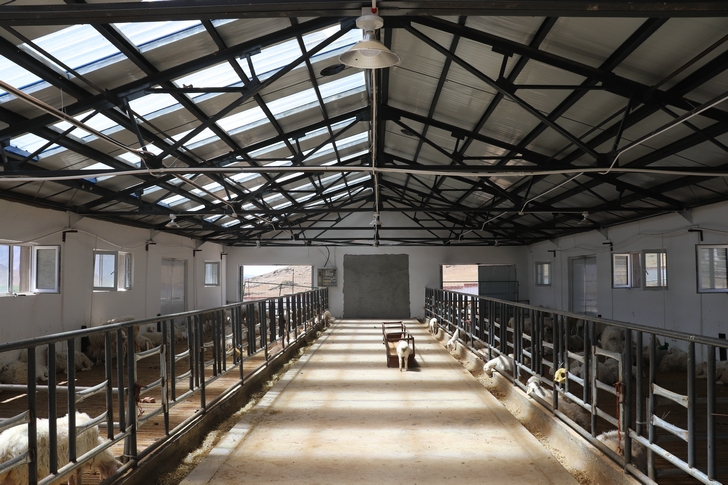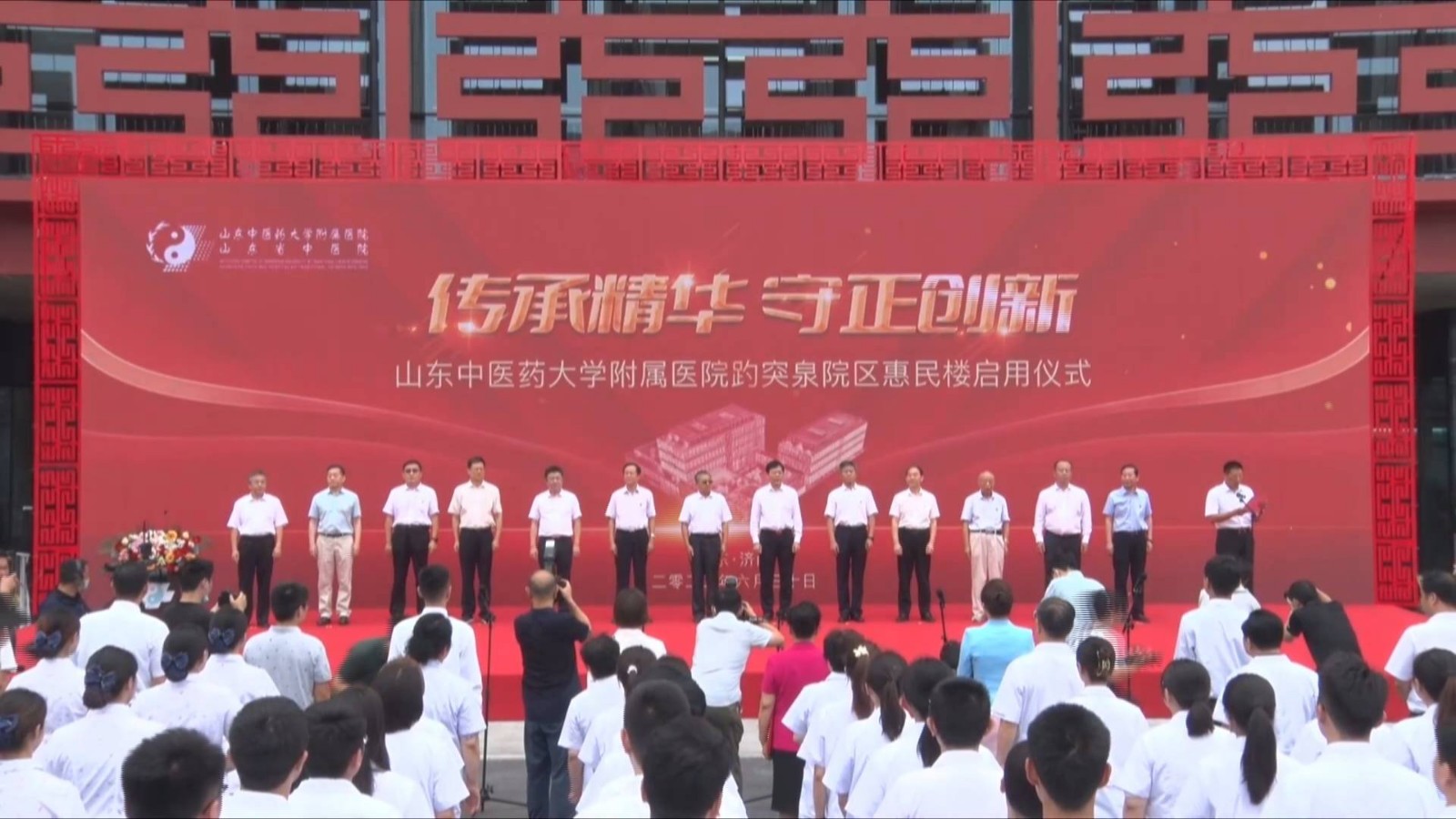After a piece of black coal passed the "seventy -two change", is it the "silly black and rough"?
Author:Tianshan.com Time:2022.09.06
Pomegranate/Xinjiang Daily reporter Yu Jiangyan
Speaking of coal, you are still "silly black and rough" in your impression. Do you only use black bumps for coal -burning heating?
No, no, in Xinjiang, a piece of black coal has been beyond recognition after "seventy -two changes". It can be natural gas, methanol, olefin, BDO (1,4-butanol), polyethylene, can be "a piece of plastic" and "a piece of clothing" ... All of them are due to the rapid development of the coal chemical industry.
Coal -to -gas enters the home of ordinary people
With low -quality coal as raw materials, after gasification, coal becomes natural gas.

Black coal, after a series of coal chemical path processing processed processing process, made polypropylene in Guoreng Xinjiang Chemical Co., Ltd., as white as rice grains. Pomegranate/Xinjiang Daily reporter Yu Jiangyan from Jiang Yan
In Yili Kazakh Autonomous Prefecture, coal -to -gas enterprises represented by Yili Xintian Coal Chemical Co., Ltd. and Xinjiang Qinghua Energy Group Co., Ltd. produced approximately 10.5 million cubic meters of natural gas per day. Cities along Xinjiang Pipelines and Zhejiang, Henan, Shandong and other places.
These coal -made gas can be used for family life and can also be used for heating. 1 cubic meter of natural gas can be used for aversion of 3 families for 1 day. If these coal -to -gas is used for family life, it can meet 10.5 million families per day.

Employees of Xinjiang Xinye Energy and Chemical Co., Ltd. are installed in LNG installations. Correspondent Zhang Kang Photo
In Yigu County, Wujiaqu City and other places, a piece of coal is gasized, and it becomes methanol and LNG (liquefied natural gas). In 2021, Guanghui Energy Co., Ltd.'s methanol output was 1.2 million tons and LNG70 million cubic meters; Xinjiang New Industry Energy Chemical Co., Ltd. methanol output of 500,000 tons and LNG 2.7 billion cubic meters.
These LNGs were transported to the LNG gas station by the cold chain. After gasification of the gas station, part of the pipeline was transported to residential family life, and some were added to large trucks and taxis at the gas station. Compared to steam diesel, adding LNG is more economical and environmentally friendly.
At present, the supply range of New Industry Energy LNG is mainly in Wujiaqu City; Guanghui Energy LNG supplies include Xinjiang and some counties and cities in Gansu and Ningxia. In 2021, about 600,000 households were guaranteed.
Xinjiang Chemical New Materials Experts and Senior Engineering Division Cheng Wei introduced that Xinjiang Coal Chemical Enterprises are mainly distributed in Wuchang, Hami, Ili Kazakh Autonomous Prefecture, and Aksu region in southern Xinjiang. The coal chemical industry has begun to take shape. At present, the main paths of Xinjiang coal chemical industry include coal -to -gas, coal -to -methanol, coal -to -olefins, and new coal -made materials.
Come -added geometric increase in the new material of coal -made materials
The reporter learned from New Industry Energy that about 2.8 tons of coal can process 1 tons of methanol, and the by -production is 0.45 tons of LNG.
At present, the price of 1 ton of methanol is about 1,800 yuan, and the price of 1 ton LNG is about 6,000 yuan. Through the modern coal chemical technology, the added value of two three hundred yuan per ton, the added value increased by about 18 times.
In addition to the production of methanol and LNG, the new industry energy also produces BDO. After the completion of the second phase of 2024, the annual production of BDO can reach 200,000 tons. BDO can be widely used in pharmaceutical, chemical, textiles, papermaking, automobiles and daily chemical industries. It is the downstream extension industry of methanol. "The methanol and oxygen reactions are made into formaldehyde, and at the same time, the electrone is used as the raw material to make acetylene, and then formaldehyde and acetylene are synthesized to make BDO." Wang Feng, deputy director of the New Industry Energy Office.

The picture shows Xinjiang Guoye New Materials Technology Co., Ltd. ’s scarcity map during the construction period of the formaldehyde formaldehyde project. Correspondent Zhang Kang Photo
Taking the methanol of new industry energy as the raw material, Xinjiang Guoye New Material Technology Co., Ltd. extends the industrial chain and produces polyetaldehyde. It is expected that the device will be put into production at the end of September. "Polytealdehyde is one of the 5 major engineering plastics, which can be used as a car functional structure. At present, the market price of polydehyde is about 16,000 yuan/ton. The added value of the industrial chain increases by 7 times." Peng Liangliang, chief engineer of the company.
Guoneng Xinjiang Chemical Co., Ltd. is responsible for the management and operation of Shenhua Xinjiang 680,000 tons/annual coal -based new material project. It is the first coal -based new material project in Xinjiang. The project has an annual output of 1.8 million tons of methanol. Property right methanol -making olefin technology is further processed by an olefin.

On the production line of Guoneng Xinjiang Chemical Co., Ltd., polypropylene continues to go online. Pomegranate/Xinjiang Daily reporter Yu Jiangyan from Jiang Yan
The company produces polyethylene and polypropylene. This kind of particles like white rice grains are sold to downstream companies, which can produce various plastic products such as beverage bottles, milk cups, woven bags, and bundle bands.
"White pollution is becoming increasingly serious, and the plastic industry can be degraded. The investment in the investment. 'Fourteen Five -Five -Fourteen Fourteen' Planning and Construction of 300,000 tons of clustering ethanol (a coal -based biodegradable plastic, the final degradation product is water and carbon dioxide) projects. Hu Chenghui, deputy director of the Office of Guoneng Xinjiang Chemical Co., Ltd. said.
Understanding the industrial chain, Xinjiang Zhongyou Puhui Technology Co., Ltd. uses methanol as a raw material to produce MMA (methyl acrylic methyl). It is currently just put into production. "MMA is an important organic chemical raw material with a market price of about 1.2-13,000 yuan/ton. Taking it as a raw material, it can synthesize organic glass for manufacturing LED lamps, mobile phone screens, car lens, etc. Important materials for glass, optical fiber, and electronic information devices. "Cheng Xinyuan, general manager of Xinjiang Friends Puhui Technology Co., Ltd., said.
Coal is the mother of chemical industry. During the process of distracting coal into coke, coke furnace gas, and coal oil, the coal coke oil asphalt of the by -production has been used in Xinjiang with electrolytic aluminum carbon -based raw materials. "Coal -coaring asphalt can also be made into a needle -shaped coke, which is used for lithium battery negative materials to achieve coupling of coal chemical and new energy, forming a circular industry chain." Fan Chengwei said. At present, the market price of coal scorched oil asphalt is about 56,000 yuan per ton, and the market price of lithium battery negative materials is 50,000 to 60,000 yuan per ton.
Black coal is "died and squeezed"
A piece of coal has entered the Guanghui Energy Coal Chemical Device and can produce more than 10 kinds of products such as methanol and ethylene glycol. In order to "eat dry and squeeze" coal, the company has planned and constructed the deserted gaseous ethylene glycol and CCUS (carbon capture, use and sealed) projects in recent years.
The picture shows Guanghui Energy Co., Ltd.'s deserted gas -based ethylene glycol project. Guanghui Energy Co., Ltd.

In June of this year, the deserted gas -based ethylene glycol project was put into operation to make the exhaust gas discharged from coal chemical emissions into treasure; and the CCUS project that is being stepped up is expected to be put into production by the end of this year. At that time, carbon dioxide will be captured. Pull it to the oil field driving crude oil mining, and achieve carbon dioxide geology when adding oil to the oil.
The carbon dioxide collected by the Qinghua Energy Coal -to -Gas Project returned to the gasification furnace, participating in the gasification reaction to generate synthetic gas, and the other part of the liquefaction was sold outside. At present, Qinghua Energy has built a greenhouse gas emission reduction laboratory to test the growth effect of carbon dioxide as gas fertilizer to promote vegetable growth.
Xinjiang Qinghua Energy Group Co., Ltd. tested the ability of different plants to absorb carbon dioxide in the greenhouse gas emission laboratory. Picture of Xinjiang Qinghua Energy Group Co., Ltd.

At the same time, Qinghua Energy also cooperates with Xinjiang Normal University to experiment with biological biological solid carbon, use carbon dioxide to cultivate microalgae, spray it to the desert, lock water, plant microalgae on the desert, or use it as algae fertilizer for improvement of farmland improvement. Soil board.
In addition, Qinghua Energy also plans to implement photovoltaic hydrogen projects, laid photovoltaic boards in the surrounding pastures and coal mines, and input photovoltaic power generation to the Sura Palace Industrial Park to make green hydrogen in electrolytic water. "Green hydrogen and carbon dioxide can produce green methanol, and the downstream extended industrial chain can also produce BDO and amprolytic." Said Zhao Hongguang, chief engineer of Qinghua Energy.
To implement the "dual carbon" goal, Guoreng Xinjiang Chemical Co., Ltd. is planning to build a comprehensive demonstration project of 300,000 tons/year, and 1 million tons/year in Phase II to promote the development of high -end, diversified, and low -carbonization development of modern coal chemical industry Essence "We are also studying carbon dioxide as raw materials to make liquid sunshine methanol, and use green methanol as new types of automotive fuels. At the same time, it also studies the use of carbon dioxide, petroleum, methanol, and methanol. Can provide raw materials for the downstream textile industry, "Hu Chenghui said.
Zhang Tao, an academician of the Chinese Academy of Sciences, said that Xinjiang's coal chemical industry can be coupled with the oil and gas industry, and the potential for developing CCUS in Xinjiang is huge. It should encourage more transformation, use and sealing, "eat dry" for coal, and use it efficiently.
- END -
Qinghe County, Xinjiang: Develop lakes and Yang industry to help rural revitalization

Recently, the reporter walked into the first lake and sheep farm in Ajele Town, Qi...
National Traditional Chinese Medicine Heritage Innovation Engineering Innovation Engineering Shandong University of Traditional Chinese Medicine Hospital, Huimin Building, Huimin Building, Affiliated Hospital of Traditional Chinese Medicine

Qilu.com · Lightning News, June 30th. On the morning of June 30, the National Tr...